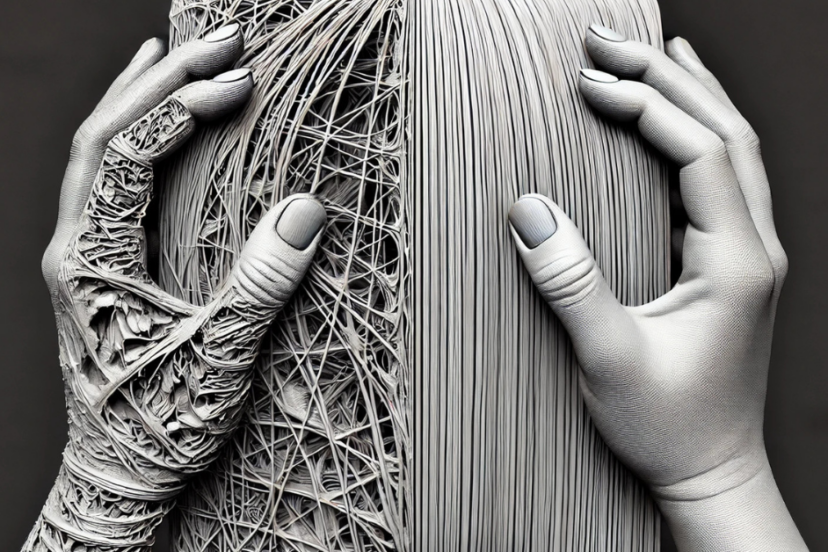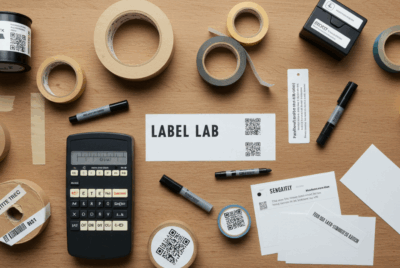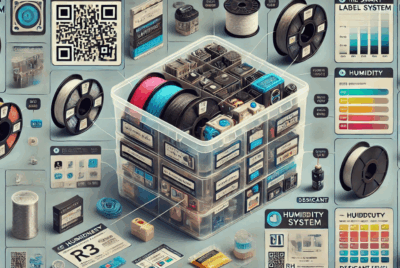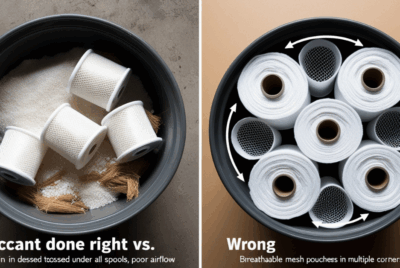How can I avoid print failures?
Avoiding print failures is essential for maintaining consistent and high-quality 3D prints. Print failures can occur for a variety of reasons, including improper settings, hardware issues, or environmental factors. Below are some of the most common causes of print failures and how to avoid them:
1. Ensure Proper Bed Leveling
- Why It Helps: If the bed isn’t level, the nozzle may be too far from or too close to the bed, causing poor adhesion and layer issues.
- How to Fix:
- Manually level the bed: Use a piece of paper or a leveling tool to check and adjust the bed at different points (corners and center).
- If your printer has auto-bed leveling, ensure it’s calibrated correctly.
- Benefit: Proper bed leveling ensures the nozzle maintains the correct distance from the bed for optimal first-layer adhesion.
2. Use the Right Print Settings
- Why It Helps: Incorrect print settings like temperature, speed, or layer height can result in poor print quality, warping, or under-extrusion.
- How to Fix:
- Check temperature settings: Ensure the extruder temperature and bed temperature match the filament manufacturer’s recommendations.
- Adjust print speed: If you’re using a new filament, start with slower speeds (20-40mm/s) to ensure quality.
- Set the right layer height: For good adhesion and detail, use 0.2mm to 0.4mm layer height.
- Benefit: Correct settings ensure consistent extrusion, proper adhesion, and high-quality prints.
3. Improve First Layer Adhesion
- Why It Helps: A poor first layer can cause prints to fail early in the process, especially when the model detaches from the bed.|
- How to Fix:
- Slow down first layer print speed: Set the first layer print speed to 50% of your normal print speed.
- Increase first layer height: Use a slightly higher first layer height (e.g., 0.3mm) for better bed contact.
- Use adhesion aids: Apply glue stick, hairspray, or use a PEI sheet to improve adhesion, especially for materials prone to warping (e.g., ABS, PETG).
- Use a heated bed: Set your heated bed to the recommended temperature for the filament (e.g., 50°C-60°C for PLA, 90°C-110°C for ABS).
- Benefit: A strong first layer ensures the print stays attached to the bed, reducing the chances of warping or detachment.
4. Avoid Warping
- Why It Helps: Warping occurs when the material cools too quickly, especially on the edges, and pulls away from the print bed.
- How to Fix:
- Use a heated bed: This helps maintain consistent temperature for the first few layers.
- Control environmental temperature: Avoid drafts by using a printer enclosure or printing in a temperature-controlled room.
- Use a brim or raft: A brim increases the first layer’s surface area, helping to keep the print anchored. A raft creates a base layer to provide better adhesion.
- Benefit: These measures help ensure consistent printing without the material lifting off the bed, especially with materials like ABS or PETG.
5. Check Filament Quality
- Why It Helps: Poor-quality or old filament can cause extrusion problems, clogs, and inconsistent prints.
- How to Fix:
- Use high-quality filament from reputable brands.
- Store filament properly in airtight bags with desiccants to prevent moisture absorption.
- Dry filament if it has absorbed moisture (using a filament dryer or oven at a low temperature for a few hours).
- Benefit: High-quality, moisture-free filament ensures consistent extrusion and better print quality.
6. Maintain Your Printer
- Why It Helps: Over time, parts of your printer may wear out or get dirty, leading to poor performance and print failures.
- How to Fix:
- Clean the nozzle regularly to prevent clogs or under-extrusion. Perform a cold pull to clear any residue from the nozzle.
- Lubricate moving parts (rails, rods, bearings) to prevent friction-related issues.
- Check belts and motors for tightness and smooth operation. Ensure belts are not loose or too tight, as this can affect the accuracy of the printer.
- Benefit: Regular maintenance ensures your printer operates at its best, reducing the risk of mechanical failures during printing.
7. Avoid Overhangs and Unsupported Areas
- Why It Helps: Unsupported overhangs can cause print failures because the material has nothing to rest on, leading to sagging or collapse.
- How to Fix:
- Add supports: Use the slicer’s support structures for overhangs or areas that need extra support.
- Angle your model: Try to orient your model in a way that minimizes overhangs and requires less support.
- Benefit: Supports or proper model orientation help ensure that complex geometries print correctly without sagging or failing.
8. Monitor Print Progress Regularly
- Why It Helps: Sometimes, early-stage issues can be caught and fixed before the print fails completely.
- How to Fix:
- Check the first few layers carefully to ensure good adhesion.
- Observe the print regularly to spot issues such as clogs, under-extrusion, or warping early on.
- Benefit: Early intervention can save time and prevent the print from wasting filament.
9. Use Proper Print Settings for Your Material
- Why It Helps: Different materials have different requirements for printing, so using the wrong settings can result in print failures.
- How to Fix:
- PLA: Typically prints at 190-210°C for the extruder and 50-60°C for the bed.
- ABS: Requires 220-250°C for the extruder and 90-110°C for the bed, plus an enclosure to prevent drafts.
- PETG: Prints at 220-250°C for the extruder and 70-80°C for the bed.
- Benefit: Using the right settings for your material ensures successful prints and avoids issues like under-extrusion or warping.
10. Check Slicer Settings
- Why It Helps: Incorrect slicer settings, such as layer height, extrusion width, or print speed, can lead to inconsistent prints and failures.
- How to Fix:
- Use default profiles for your filament in the slicer.
- Adjust layer height to match your nozzle size (e.g., 0.2mm for a standard 0.4mm nozzle).
- Check the extrusion multiplier (flow rate) to ensure it’s set correctly for your filament.
- Benefit: Proper slicer settings ensure better print quality and minimize the chances of printing issues.
11. Avoid Overheating the Extruder
- Why It Helps: Printing at too high of a temperature can cause issues like over-extrusion, oozing, or even clogging.
- How to Fix:
- Stick to the recommended temperature range for the filament you’re using.
- Lower the temperature if you notice excess material oozing or if the filament is too liquid during printing.
- Benefit: Proper temperature control prevents issues like stringing, blobs, and clogs.
Summary:
To avoid print failures:
- Level your bed and calibrate your printer.
- Optimize print settings like temperature, speed, and layer height.
- Improve first layer adhesion with a heated bed, slower speeds, and adhesion aids.
- Maintain your printer, clean the nozzle, and check for wear.
- Use high-quality filament and store it properly to avoid moisture-related issues.
- Monitor prints regularly and adjust settings as necessary.
- Add supports for overhangs and orient your models to reduce unsupported areas.
By following these steps, you can reduce the likelihood of print failures and achieve more successful 3D prints.




